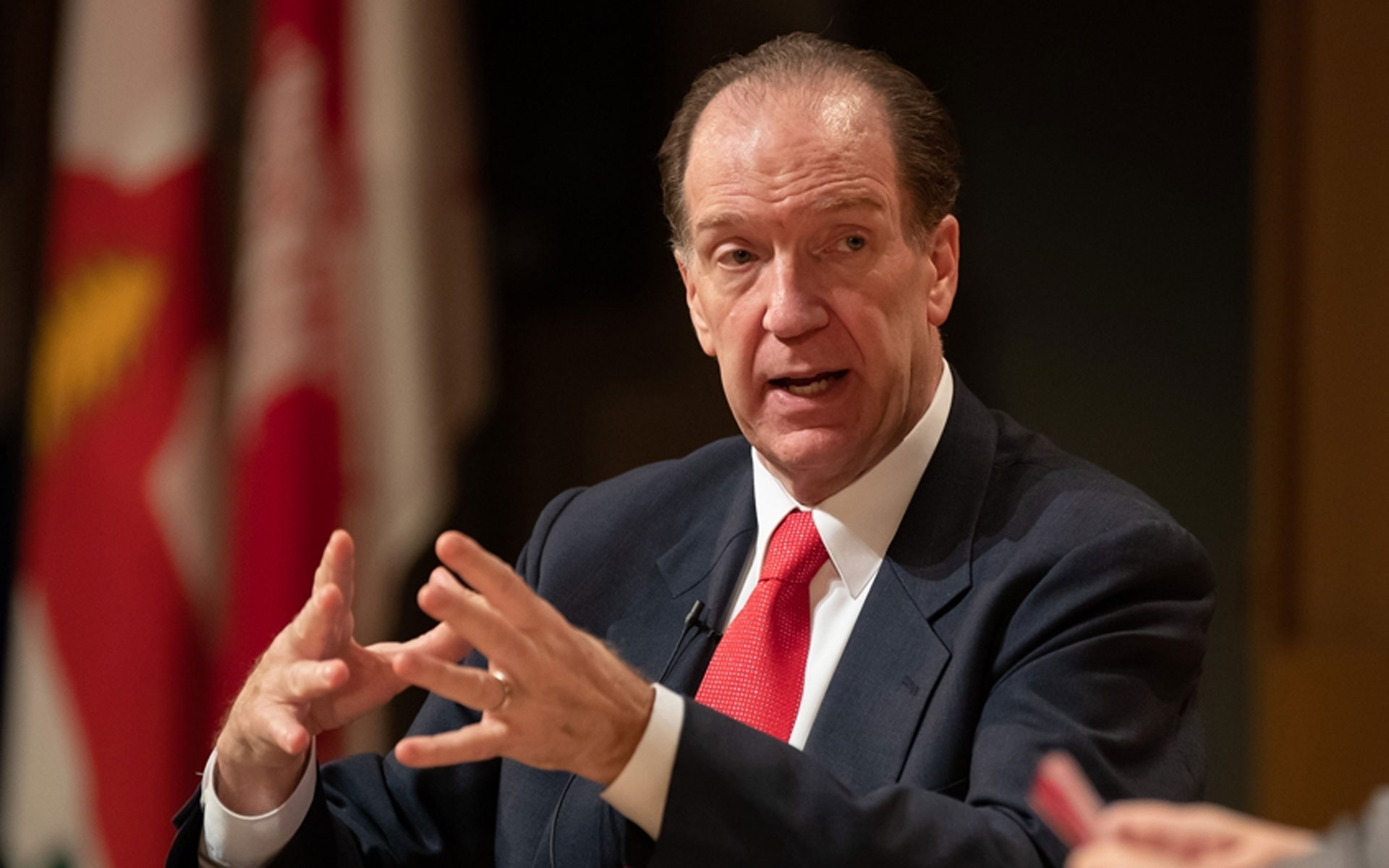Subscribe
When COVID-19 hit the world in 2020, it showed us the strain under which emergency departments, long-term care homes, and other vital services were struggling.
And the challenges haven’t gone away. In Canada, one in five people doesn’t have a family doctor they see regularly. Emergency wait times can be as high as 22 hours. Less than a third of people who need a specialist see one within a month. And while these numbers cover the situation in Canada, countries around the world face similar challenges.
These aren’t problems that can be fixed with a scalpel on the operating table. They’re management problems, and they require management solutions. But to make meaningful change in complex health systems requires overcoming bureaucratic hurdles, politics, and financial constraints. And because of this, there is little room to try novel solutions and implement them across the system.
“The system has no slack,” said Samer Faraj, professor of management at McGill University, on the Delve podcast.
Part of this is for patient safety, he said. We don’t want to implement untested solutions that will hurt patients. But as it stands, the system is missing out on promising fixes that do not fit within current organisational structures.
Sustainable improvements to large, bureaucratic health systems won’t happen overnight. But it’s not impossible, as demonstrated in two developing economies: Brazil and the Democratic Republic of Congo (DRC).
In Brazil, Professor Paola Perez-Aleman, of the Desautels Faculty of Management at McGill University, documents how policymakers achieved a system-wide restructuring of their health research capabilities, with innovation at its core. This resulted in reduced dependence on foreign partnerships and better outcomes for its vulnerable populations. And, in the DRC, Desautels Professor Anicet Fangwa identified the power of simple management solutions in reducing infant mortality while maximising funding from international agencies.
Indeed, healthcare improvement is possible, and it can involve macro and micro solutions alike – we just need the right management practices.
Flipping the script in Brazil
In the 1970s, the government of Brazil decided to prioritise its fight against Neglected Tropical Diseases (NTDs), a public health issue that affects millions in Brazil and around the world. There are twenty-five major conditions classified as NTDs, including malaria and dengue – debilitating conditions that are often fatal. Ten million people per year die because of these diseases, said Perez-Aleman.
Despite the prevalence and public health impacts of these conditions, only one per cent of R&D investments in public health go towards treating them, said Perez-Aleman. This investment usually comes from wealthier nations and foreign multinational companies that pass down their innovations to emerging markets like Brazil. And, because the developers of these innovations are not based locally, their solutions are often one-size-fits-all and don’t fully address the challenges on the ground.
Brazil’s goal, then, was to flip the script. To properly address the scourge of NTDs in their country, they needed to heavily invest in their own innovation capabilities, rather than depending on foreign actors. This would allow them to develop tailor-made solutions for local health challenges, while also boosting their economy and innovation capabilities.
And for the next five decades, they did exactly that. They invested heavily in local research and development organisations, such as universities and research hospitals, and promoted more equitable collaboration with foreign multinationals. This allowed for the exchange of expertise and knowledge between diverse local and international actors, which led to tailor-made innovations for local populations.
Perez-Aleman attributes the success of Brazil’s reform to the convergence of two policy goals.
“Typically, we tend to think of the two realms as separate: the social policy and the innovation policy,” she said on the Delve podcast. “What the Brazilian case demonstrates is how social goals can drive innovation.”
Brazil is a reminder that with time, investment, and long-term alignment between multiple stakeholders, it’s possible to restructure healthcare in the service of dire local health needs.
Back to basics
Brazil shows us what healthcare reform can look like at a macro level, but effective change can occur at a micro level, too. Anicet Fangwa, an assistant professor of Strategy and Organisation, discovered as much in the Democratic Republic of Congo (DRC).
Over the past 50 years, the DRC significantly reduced its infant mortality rate, thanks in part to donations from international funders like USAID and the World Bank, explained Fangwa on the Delve podcast. But infant deaths are still significantly higher in the DRC than in other nations like the United States, France, and Canada.
Fangwa found that better on-the-ground management practices can help maximise the impact of foreign aid and further decrease infant mortality.
“Sometimes very simple, common-sense practices can have a significant effect, even on the most complex of systems,” he said.
He and his colleagues identified three management practices that improved health outcomes at a DRC hospital: performance-based financing, auditing, and providing feedback. Fangwa found that these tactics, when implemented together, reduced the probability of infant mortality by as much as 25 per cent over just two years.
Performance-based financing involves distributing money based on the recipients’ accomplishments, measured in terms of quantity or quality of services delivered. This, as Fangwa explained, incentivises medical staff to learn and implement management skills like budgeting, keeping a drug inventory, and tracking patients’ care plans.
The practice of auditing involves measuring the staff’s performance in these areas. Then the staff receive feedback from the auditors on how to improve.
Through this process of performance-based financing, auditing, and feedback, the staff gained management skills that helped with the overall operation of their units. Small things like keeping a budget and improved record-keeping significantly impacted patient outcomes.
“It was revolutionary,” said Fangwa.
A better system for all
Professors Fangwa and Perez-Aleman remind us that improving healthcare is possible. In the DRC, in as little as two years, basic management practices led to significant healthcare improvements. And, as we saw in Brazil, collaboration between multiple stakeholders – universities, hospitals, drug developers, among others – helped create a more responsive system with innovation at its core.
Brazil’s accomplishments were possible in part thanks to a willingness to try new things. They understood that the status quo was not good enough, so they took ownership of the issue and brought people and organisations together to make meaningful change.
The case of DRC also reminds us that meaningful, practical solutions come from an understanding of what’s missing on the ground. Infant mortality rates plateaued despite ample amounts of foreign funding. And part of the issue came from operational inefficiencies due to inadequate management practices.
Canada and other Western nations might benefit from a similar frame of mind.
“There has to be courage when trying out reforms,” said Professor Samer Faraj. “Even when there’s a possibility they won’t be obvious successes.”
This article was written by Eric Dicaire, Managing Editor, McGill Delve
Featured experts

Anicet Fangwa

Samer Faraj











